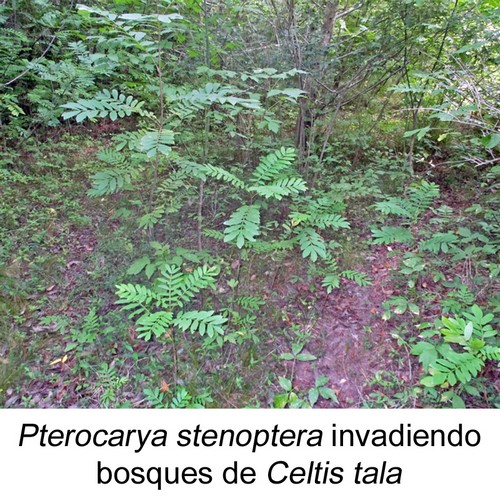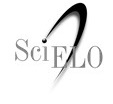Pterocarya stenoptera (Juglandaceae), a new exotic species in the Celtis tala forests in a protected natural area of the province of Buenos Aires (Argentina)
DOI:
https://doi.org/10.30972/bon.3216377Keywords:
Anemochory, invasive, naturalization, ornamental tree, Parque Costero del SurAbstract
The Celtis tala forests, or talares of Buenos Aires province (Argentina), are a fragile ecosystem threatened by biological invasions. Among the alien species reported as transforming the landscape in the talares, Ligustrum lucidum constitutes the main threat. This work evaluates the degree of naturalization of the alien Pterocarya stenoptera (Juglandaceae), new in the talares of the El Destino Private Reserve, located within the Parque Costero del Sur Biosphere Reserve. The local use of the species, its possible origin and type of dispersion were evaluated, and its extension and number of seedlings per square meter were recorded in the invaded sectors. The species is described, and a dichotomous key is provided to differentiate the Juglandaceae genera present in Buenos Aires, all of which are exotic. Pterocarya stenoptera may have been cultivated in the gardens of Estancia El Destino, from where it spread to the neighbouring talaresby anemochory. It was found in three well-defined sectors in which there is a large number of seedlings. This recently naturalized species has efficient means of dispersal and a large seed biomass that enabled it to become a dominant tree in some sectors of the site, where it surpassed the invasive (transformer) Ligustrum lucidum in terms of number of seedlings. The presence of Pterocarya stenoptera in the talares is expected to increase unless management of the species is planned. We conclude that it is necessary and possible to plan actions for its management and control.Downloads
Download data is not yet available.

Downloads
Published
2023-01-04
How to Cite
Guerrero, E. L., Delucchi, G., & Hurrell, J. A. (2023). Pterocarya stenoptera (Juglandaceae), a new exotic species in the Celtis tala forests in a protected natural area of the province of Buenos Aires (Argentina). Bonplandia, 32(1), 57–68. https://doi.org/10.30972/bon.3216377
Issue
Section
Original papers
License
Declaration of Adhesion to Open Access
- All contents of Bonplandia journal are available online, open to all and for free, before they are printed.
Copyright Notice
- Bonplandia magazine allows authors to retain their copyright without restrictions.
- The journal is under a Creative Commons Attribution 4.0 International license.














.jpg)


